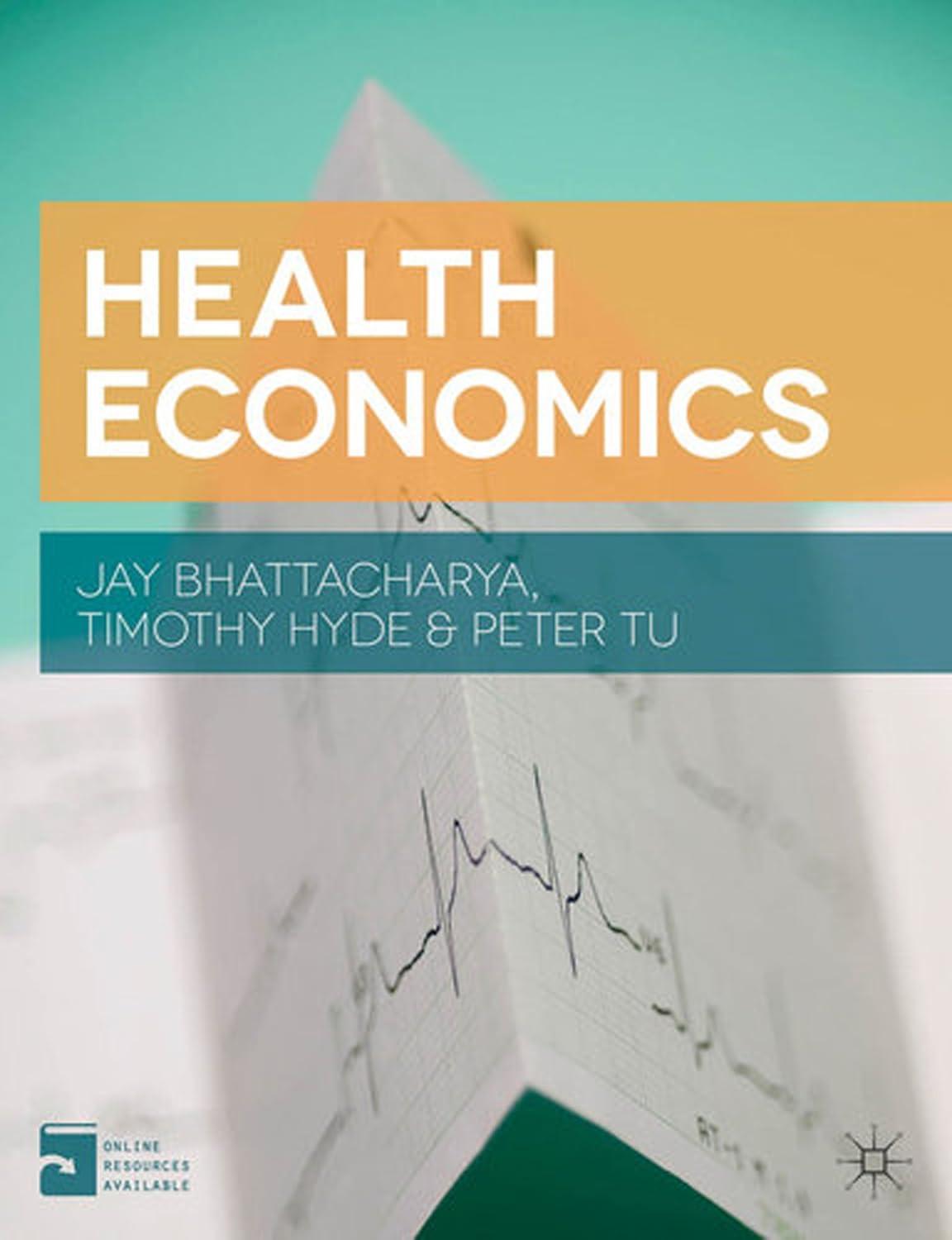Consider an infectious disease such as the flu which is spread primarily through virus particles in aerosolized
Question:
Consider an infectious disease such as the flu which is spread primarily through virus particles in aerosolized respiratory droplets of already infected people.
a. In the midst of an infectious disease epidemic of this sort, is it privately rational for people to limit their exposure to other people, perhaps by staying home from work or not going to school?
b. An infected person who goes out into public areas and does not take precautions to contain their respiratory emissions clearly poses a negative externality on those around them. Does an uninfected person going out into public areas also pose a negative externality?
c. For a particularly severe disease outbreak of this sort, one possible government response is to exaggerate to the public both the harm that might arise from contracting the disease and the likelihood of contracting the disease. In what ways might such a strategy reduce the harm to the public from the disease epidemic?
In what ways might such a strategy increase the harm to the public?
Step by Step Answer:






